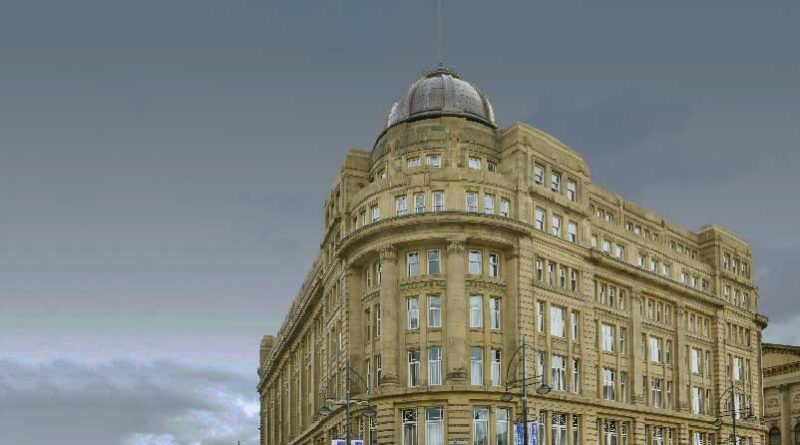Total Corrosion Management Approach Gets The ‘Green’ Light
Sustainable design and construction is a rapidly evolving area of importance to everyone involved in the design and construction industry.
With broadening awareness and understanding, sustainable thinking demands that we consider repairing and preserving existing structures whenever possible.
The International Concrete Repair Institute (ICRI) aims to improve the quality of concrete restoration, repair and protection. And based on the ICRI Committee’s White Paper: Sustainability for repairing and maintaining concrete and masonry buildings, Total Corrosion Management (TCM) can be considered one of the most sustainable approaches for buildings as it prevents maintenance and avoids, or at least minimises, the need for repairs. So what makes TCM a sustainable and environmentally-friendly way to repair, restore and rehabilitate concrete structures?
In the White Paper’s introduction, it states that “the most effective sustainability strategy for concrete and masonry structures is to avoid the need for repairs altogether.” To support this statement, it references the Building Research Establishment’s (BRE) theory that “prevention through monitoring, inspection, and maintenance can result in a huge savings over the life cycle of a structure.”
“Sustainability” in concrete repair means a corrosion management system that meets the needs of the present without compromising the ability of future generations to meet their own needs. The White Paper highlights a number of ways to sustainably repair concrete, which includes;
1) A proper condition evaluation
2) Implementing repairs that are as durable as the structure itself
3) Verification of repairs during installation, and
4) Regular site inspections after application.
TCM starts with a thorough condition survey which is critical to a successful repair and protection project and includes a wide range of services from delamination surveys, and chloride and carbonation testing to half-cell potential & corrosion rate contour mapping. Sika does not insist on surveys being carried out prior to commencing work, however the company recommends undertaking a survey as it forms the basis of a repair and protection strategy that will meet the project requirements.
Sika are able to use a range of products and systems that offer extended life cycles vital to sustainable repairs. Sika understands that repairing an existing structure is just the beginning of sustainability in the built environment, and as such strives to develop high quality, long life products to ensure whole life performance is maximised. Repairing with time-tested products that result in long-term durability, the company’s TCM solutions take sustainability to a higher level.
Sika provides concrete repair and protection, corrosion inhibition control and structural strengthening systems – all are supported by the most highly trained and experienced sales and technical support network in the industry. And with a network of trained installers sharing Sika’s commitment to quality, the client receives the highest quality installation possible.
Technical assistance is offered at every step of the refurbishment process, from the initial condition survey and assessment, the root cause diagnosis, specification writing, detailing, method statements, on site quality control and practical application assistance. Monitoring must begin during the construction process but continue throughout the life of the structure.
TCM addresses the root cause of concrete deterioration and prevents future deterioration, such as that resulting from reinforcement corrosion. If concrete begins to fail, and it will without a TCM system in place, any delay in treatment will result in more costly repairs and can have disastrous consequences if ignored. With one eye on the future, total corrosion management provides a holistic approach to concrete repair and protection that also stands the test of time.

